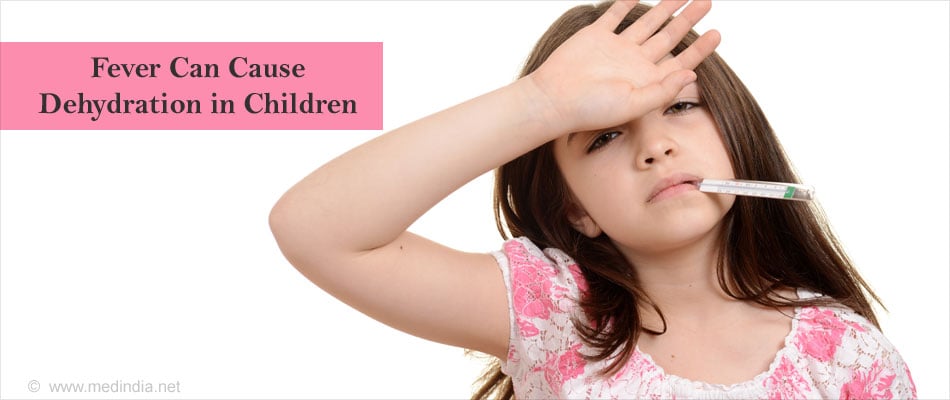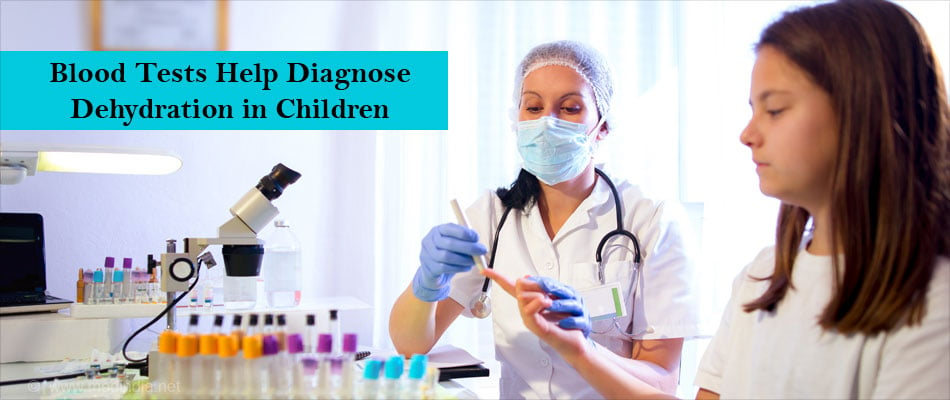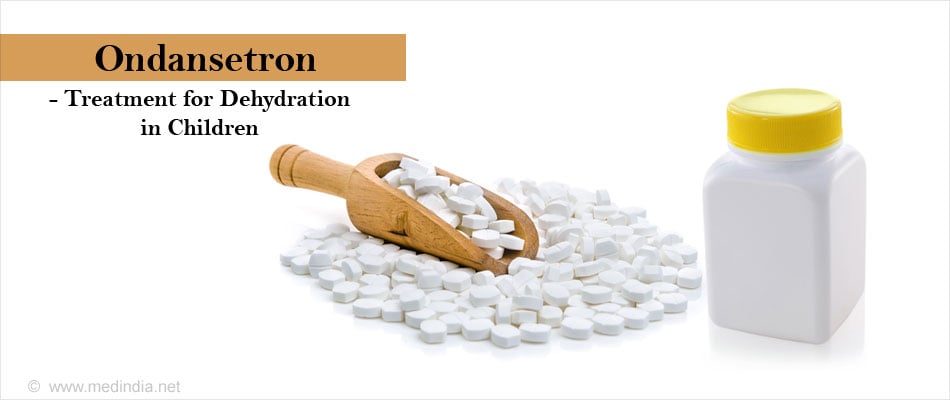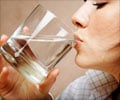- Water, hydration, and health - (http://nutritionreviews.oxfordjournals.org/content/68/8/439.long)
- The Diagnostic Value of Capillary Refill Time for Detecting Serious Illness in Children: A Systematic Review and Meta-Analysis - (http://www.ncbi.nlm.nih.gov/pmc/articles/pmc4573516/)
- A prospective study of the usefulness of clinical and laboratory parameters for predicting percentage of dehydration in children. - (http://www.ncbi.nlm.nih.gov/pubmed/9220501)
- Diagnosis and Management of Dehydration in Children - (http://www.aafp.org/afp/2009/1001/p692.html)
- The Usefulness of Clinical and Laboratory Parameters for Predicting Severity of Dehydration in Children with Acute Gastroenteritis - (http://www.ncbi.nlm.nih.gov/pmc/articles/pmc4269529/)
- Dehydration - (http://kidshealth.org/en/parents/dehydration.html)
What is Dehydration?
Dehydration is a condition that occurs due to a deficit of total body water. There is a loss of free water and more water and fluids exit the body than entering it. With about 2/3rd of the body made up of water, it aids in various functions such as lubrication of the joints and eyes, smooth digestion, and the elimination of wastes and toxins. Luckily, our bodies have a water management system that replenishes the water requirement wherever needed. But the loss of body fluids from prolonged vomiting, diarrhea, Hypernatremia (high sodium level in the body), sweating or high fevers leads to dehydration.
Dehydration isn't a very serious problem for adults but pediatrics is particularly susceptible to it. Water comprises about 75% of body weight in infants so; the dehydration can be life-threatening in their case.

What are the Causes of Dehydration in Children?
The declined water content in the blood begins to disrupt the usual levels of salts, sugars, and minerals present in the body. It thus interferes with the normal body functions.
Dehydration in children may occur due to following reasons:
- Viral Infections- Common viral infections that cause vomiting or diarrhea include rotavirus, Norwalk virus, adenovirus, and cryptosporidium parasite. These infections may cause sores in a child's mouth and make it painful to eat or drink, which further worsen dehydration.
- Bacterial Infections - Salmonella, Escherichia coli, Clostridium difficle may make a child less likely to eat and which may cause vomiting and diarrhea.
- Excessive Sweating - The body loses water due to sweating. So, after vigorous activity, if fluids are not replenished it can lead to dehydration. Hot and humid weather also increases the amount of sweat and the amount of fluid lost. Especially, in summers when children play outdoors without consuming proper fluids they can become dehydrated.
- Excessive Urination - Dehydration can be caused by unrecognized or poorly treated diabetes mellitus or diabetes insipidus due to excessive urination.
- Fever - If children suffer from fever in addition to diarrhea and vomiting, they may lose even more fluids.

What are the Symptoms of Dehydration in Children?
The symptoms can be categorized on the basis of fluid loss.
- In mild to moderate condition (estimated fluid loss- ˂ 10% of body weight)
- Sunken fontanels - the soft spots on the top of a baby's head.
- Fussy, tired & irritable child.
- Dry mucous membranes (mouth & tongue)
- Increased heart rate
- Decreased frequency of urine
- Increased thrust
- In severe condition (estimated fluid loss- 10% of body weight or more)
- Lethargy & fatigue
- Lack of urine or wet diapers for 6 to 8 hours in an infant (or very small amount of dark yellow urine)
- Lack of urine for 12 hours in an older child (or only a very small amount of dark yellow urine)
- Sunken eyes & fontanelle
- Loss of muscle tone
- No tears when crying

How do you Diagnose Dehydration in Children?
Apart from parental examinations like increased vomiting, fussiness, and fatigue certain physical and laboratory tests are conducted to diagnose the dehydration in children.
I. Physical Examination
Capillary refill time: It is recommended as part of the routine assessment of dehydrated children. It is performed in warm ambient temperature and is measured on the sternum of infants and on a finger or arm held at the level of the heart in older children. The measurement should not be affected by fever and should be less than two seconds.
Skin turgor: It is performed by pinching the skin on the lateral abdominal wall at the level of the umbilicus. Turgor means time required for the skin to recoil. It is normally instantaneous and increases linearly with the degree of dehydration.
Respiratory pattern: Respiratory pattern and heart rate are also compared with age-specific normal values.
II. Laboratory Tests
A. Urine output: A urinary catheter is inserted to measure urinary output accurately. Normal urine output values are as follows:
- Newborn and infant up to 1 year: 2 ml/kg/hour
- Toddler: 1.5 ml/kg/hour
- Older child: 1 ml/kg/hour
- Adult: 0.5 ml/kg/hour
B. Blood Tests:
Serum bicarbonate: A serum bicarbonate level of less than 17 mEq/ L (17 mmol/ L) indicates moderate to severe hypovolemia in dehydrated children. And also, a serum bicarbonate level of less than 13 mEq per L (13 mmol per L) is associated with increased risk of failure of outpatient rehydration efforts.
Creatinine: Creatinine higher than 0.9 mg/dl and Base deficit beyond - 16 indicates (90%) severe dehydration estimation in infant and children.
Serum sodium: Serum sodium should be determined because of conditions like hyponatremia (< 130 mEq/L) and hypernatremia (>150 mEq/L) require specific treatment regimens.
Electrolytes and blood gas analyses: This test is useful to diagnose the degree of dehydration status among children presenting with acute gastroenteritis.

How do you Treat Dehydration in Children?
Depending on the severity of the condition of dehydrated kids following dehydration treatment plans should be adopted.
1. Oral Rehydration Therapy
In the case of moderate dehydration, Oral Rehydration Solutions (ORS) with an osmolarity of ≤270 mOsm/L are safe and more effective than rehydration solutions with an osmolarity of ≥310 mOsm/ L. The children should be given sips of ORS (5 mL or 1 teaspoon) every 2 minutes. As an estimate for the amount of fluid to be replaced, approximately 10 mL/kg body weight for each watery stool and estimate volume of emesis for each episode of vomiting should be consumed.However, if the child is too weak to drink or tolerate even small sips of fluid, medical care should be given immediately.
Holliday-Segar Method for Determining Maintenance ORT in Children
| BODY WEIGHT | DAILY WATER REQUIREMENT | HOURLY WATER REQUIREMENT |
| ≤ 23 lb (10 kg) | 100 mL per kg | 4 mL per kg |
| 24 to 44 lb (11 to 20 kg) | 1,000 mL, plus 50 mL per kg for each kg between 11 and 20 kg | 40 mL, plus 2 mL per kg for each kg between 11 and 20 kg |
| > 44 lb (20 kg) | 1,500 mL, plus 20 mL per kg for each kg over 20 kg | 60 mL, plus 1 mL per kg for each kg over 20 kg |
2. Intravenous Fluids
In the case of severe dehydration, the children should be treated with intravenous fluids until the condition is stabilized. Treatment should include 20 mL per kg of isotonic normal saline or lactated Ringer solution over 10 to 15 minutes. Currently, no other fluid type is recommended for volume resuscitation in children. Constant monitoring of the patient's pulse strength, capillary refill time, mental status, and urine output should be done. Stabilization often would require up to 60 mL per kg of fluid within an hour.
The electrolyte content of intravenous maintenance fluids for infants and children with normal serum electrolyte levels should be 5 % dextrose and 25 % normal saline, with 20 mEq/ L of potassium.
3. Medications
A single dose of ondansetron has been reported to facilitate ORT by reducing the frequency of vomiting and thereby, reducing the failure of ORT and the need for IV fluids.

Health tips:
- If your child is at risk of dehydration consult your medical professional about the use of rehydration therapies.
- Assure that kids have access to clean fresh water.
- If you are breastfeeding, keep feeding on demand to infants.









